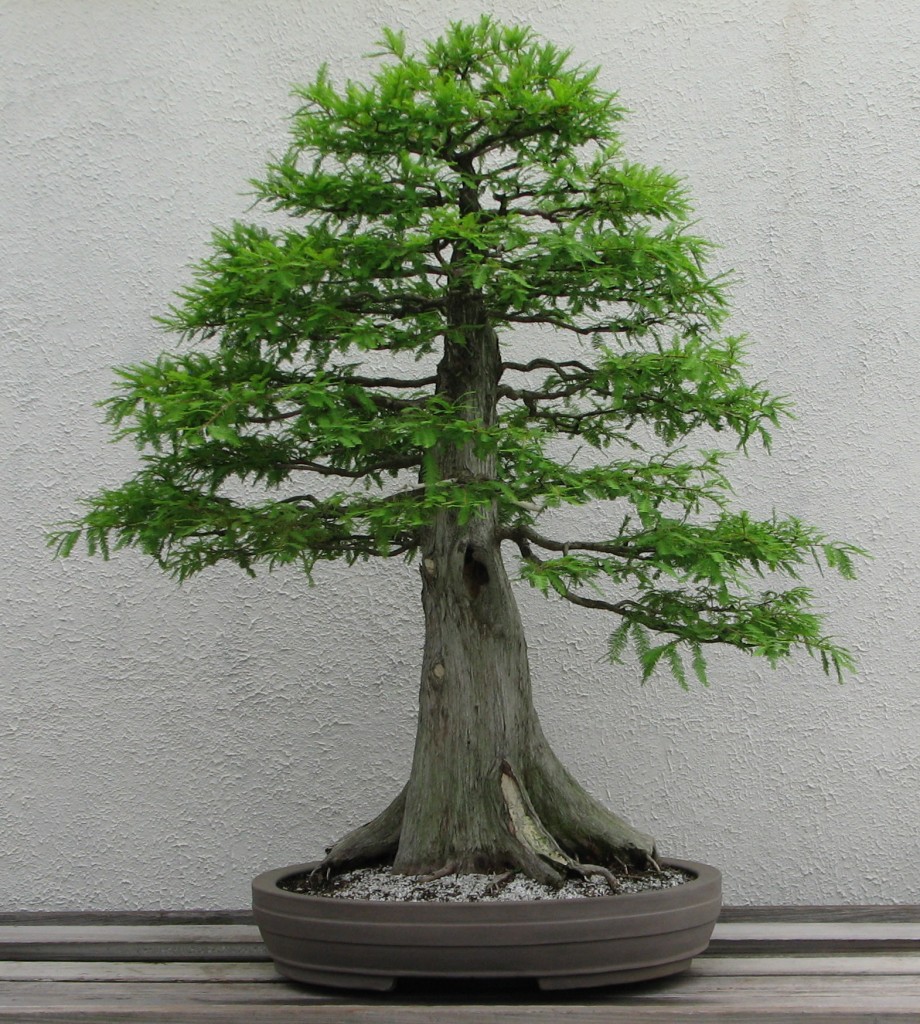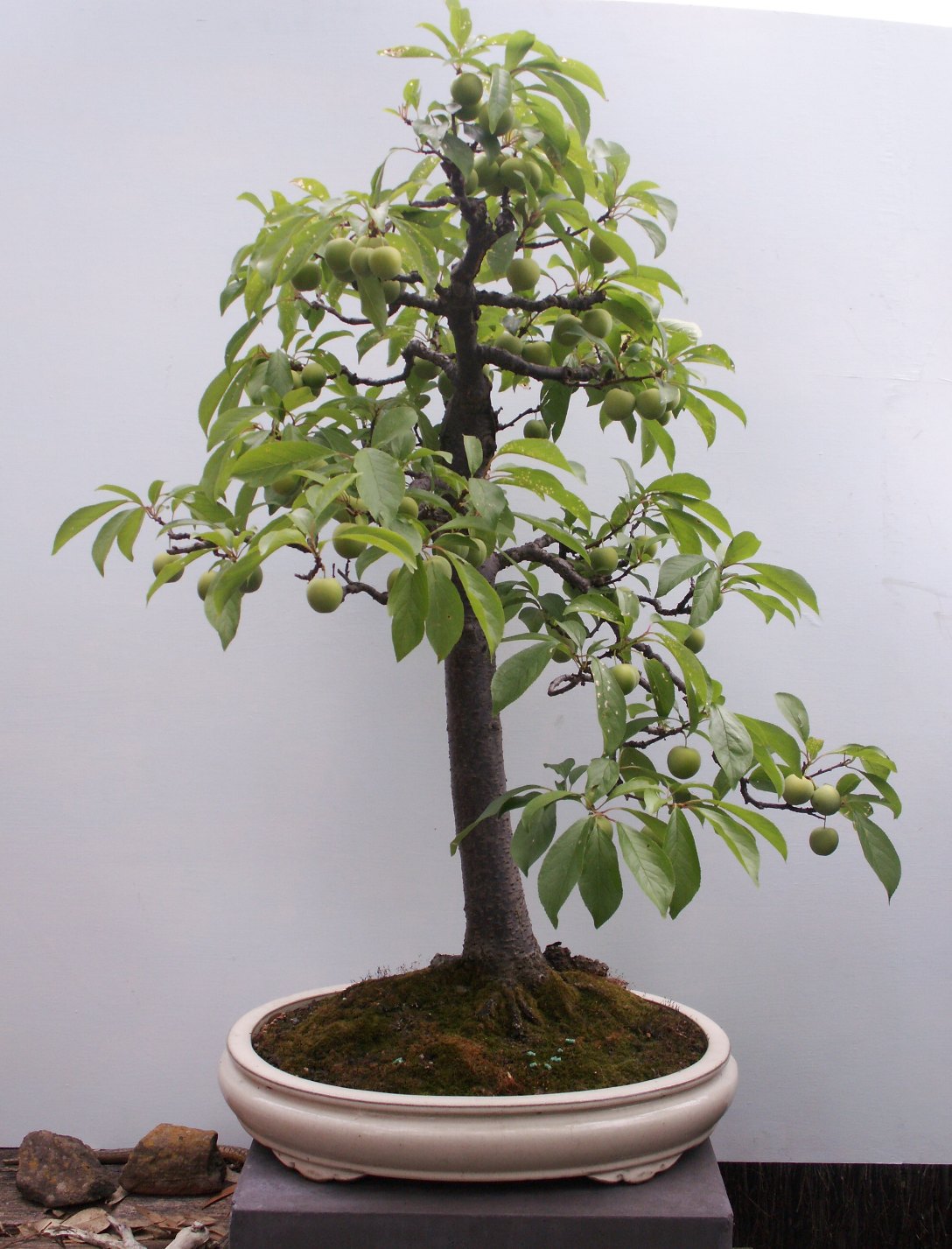
Le style de bonsaï Chokkan Droit formel eBonsai Blog
Welcome to Green Zen Bonsai! In this article, we will explore the elegant beauty of the formal upright spruce bonsai. Discover the timeless appeal and meticulous styling of this classic bonsai style, perfect for adding a touch of grace to any space.Join us on this journey as we dive into the artistry and techniques behind creating and maintaining a spectacular formal upright spruce bonsai.

Formal upright bonsaiChokkan Bonsai tree types, Bonsai styles
Welcome to Green Zen Bonsai! In this article, we will delve into the captivating world of Bonsai Styles. Today, we'll explore the Formal Upright or Chokkan style. Discover the essence of balance and elegance in this traditional and highly revered Bonsai form.

Image result for formal upright deciduous bonsai Red maple bonsai
Bonsai Formal Upright Style (Chokkan) The formal upright style is the most popular bonsai style. It is probably the easiest style to learn, and is the style that is most often seen in the bonsai world. The formal upright bonsai tree represents trees in nature that have a straight, upright trunk with branches growing evenly around it.

Bonsai Tree Bonsai Pine Tree (Formal Upright)
Formal Upright Style (Chokkan): Epitomizing a tree growing in perfect conditions, the formal upright style showcases a bonsai with a straight, unswayed trunk and symmetrically arranged branches. Given its structured growth pattern, trees of this style benefit from a consistent fertilization routine. Starting in early spring as new buds appear.

74 best images about Bonsai Formal upright (Chokkan) on Pinterest
Formal upright Bonsai style (Chokkan) The formal upright style is a very common form of Bonsai. This style often occurs in nature, especially when the tree is exposed to lots of light and does not face the problem of competing trees. For this style, tapering of the upright-growing trunk must be clearly visible. The trunk must therefore be.

Bonsai Styles Six Main Bonsai Styles The Art of Bonsai
Welcome to Green Zen Bonsai! In this article, we will explore the enchanting world of formal upright bonsai. This classic and elegant style emulates the majestic beauty of trees standing tall in nature. Join us as we delve into the techniques, care tips, and stunning examples of this time-honored art form.

Quiet Dignity Formal Upright Bonsai Bonsai Bark
Chokkan Bonsai. Formal upright trees thrive in the wild when allowed to grow in the open without stress. The trunk's perfect straightness and natural, smooth tapering from the base to the apex are the most crucial requirements for this style. To appear balanced from any angle, the branches should be symmetrically spaced.

Nice formal upright Bonsai Trees, Deep Forest, White Pine, Small Trees
As requested by a subscriber, here is a video on how to make a formal upright Bonsai.FOLLOW US ON SOCIAL MEDIA FOR UPDATES:FACEBOOK: https://www.facebook.com.

32 best Bonsai formal upright or chokkan style a straight, upright
The basic difference between a formal upright bonsai and the informal upright bonsai is that in the latter type the trunk is not as perfectly straight as a chokkan and has some bend in it. The trunk in informal upright will angle or snake its way skywards, but the top of the tree stays directly over the point where the tree enters the soil.

Pin on Bonsai Tree Care
A formal upright style bonsai tree will have branches at about one-fourth of the way up the trunk. The lowest two branches are usually trained to extend to the front side while the third branch extends toward the back to create depth. The lower branches are pruned and trained until they achieve a "Christmas tree" look.

Quiet Dignity Formal Upright Bonsai Bonsai Bark
Chokkan: Formal Upright Style. Formal upright is the most fundamental style in bonsai. Trunk is straight with gradual taper, front 1/3 to 1/2 exposed. 1st branch is at 1/4, 1/3, or 1/2 the height of the tree and facing slightly forward. 2nd branch is on the other side of the tree slightly higher and facing slightly forward.

13 Types of Bonsai Trees (by Style and Shape Plus Pictures)
Formal Upright Bonsai Informal Upright Bonsai. Also known as Moyogi, these trees have an upright trunk but have noticeable curbs, sometimes with the shape of a letter "s". In every twirl branches appear, usually smaller at the top and bigger near de soil. The trunk is also thicker in the soil.

142 best images about Formal Upright Bonsai on Pinterest Trees
The formal upright bonsai is a style of bonsai where the main stem/trunk remains straight and points upwards, mimicking the natural growth of a tree, and is considered the easiest style for bonsai. This style aims to create a tree that resembles a giant conifer with a pyramidal shape. The trunk should be perfectly straight and taper evenly.

13 Types of Bonsai Trees (by Style and Shape Plus Pictures)
Formal Upright Style. When someone characterizes a bonsai as a formal upright or chokkan style tree a vision immediately comes to mind. Most of us see a pine tree with a uniformly straight vertical trunk, nicely tapered from the apex to the beginning of the transition to the root base. The roots fan out, giving a sense of stability.

Plum Formal Upright Wattos Bonsai Blog
Formal upright is classic style bonsai, but Formal upright trees are the most difficult trees to create in Bonsai.A video of bonsai style series. Coming soon.

Making Formal Upright Bonsai from Alberta Spruce YouTube Bonsai
The formal upright, or "Chokkan", is a foundational style in bonsai artistry, embodying simplicity, elegance, and the natural essence of trees growing in open landscapes. As with any craft, the journey of cultivating a formal upright bonsai is filled with challenges and learning opportunities.